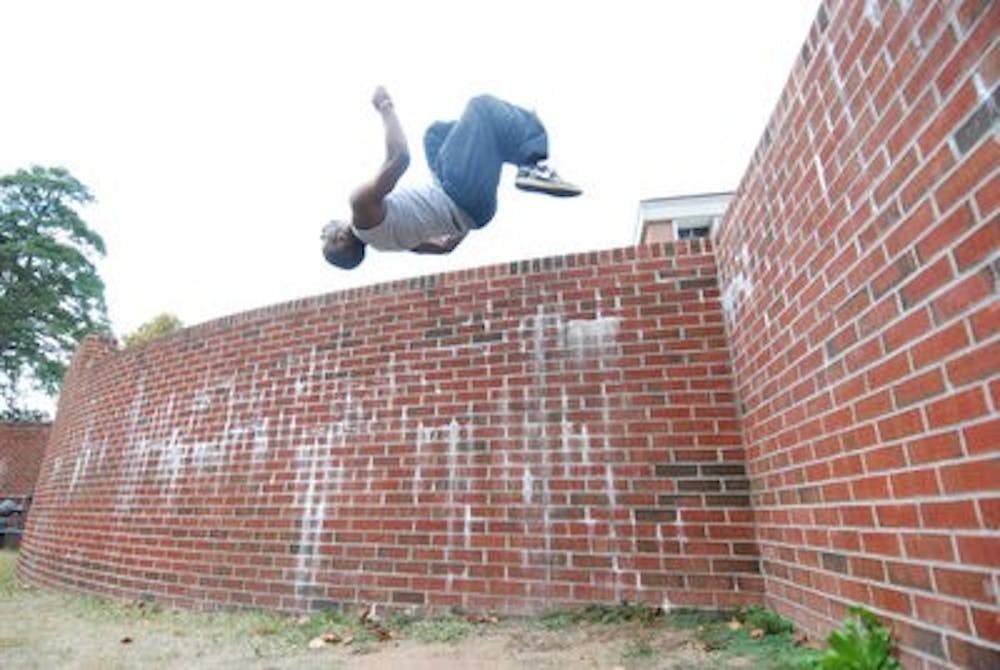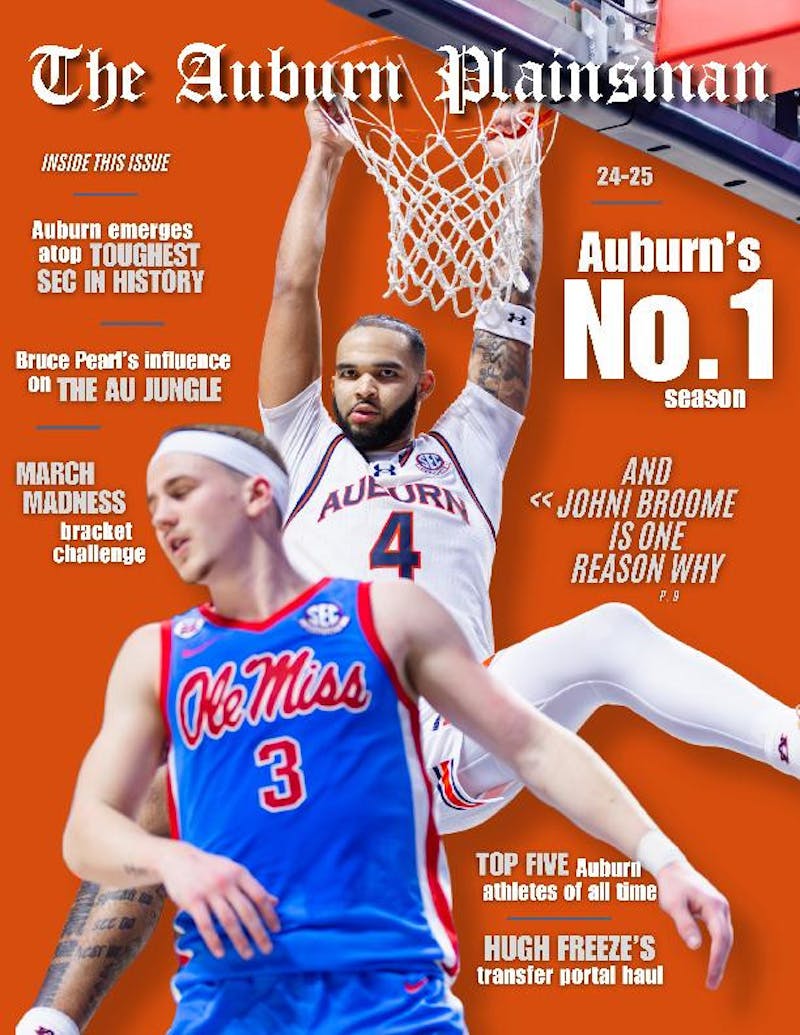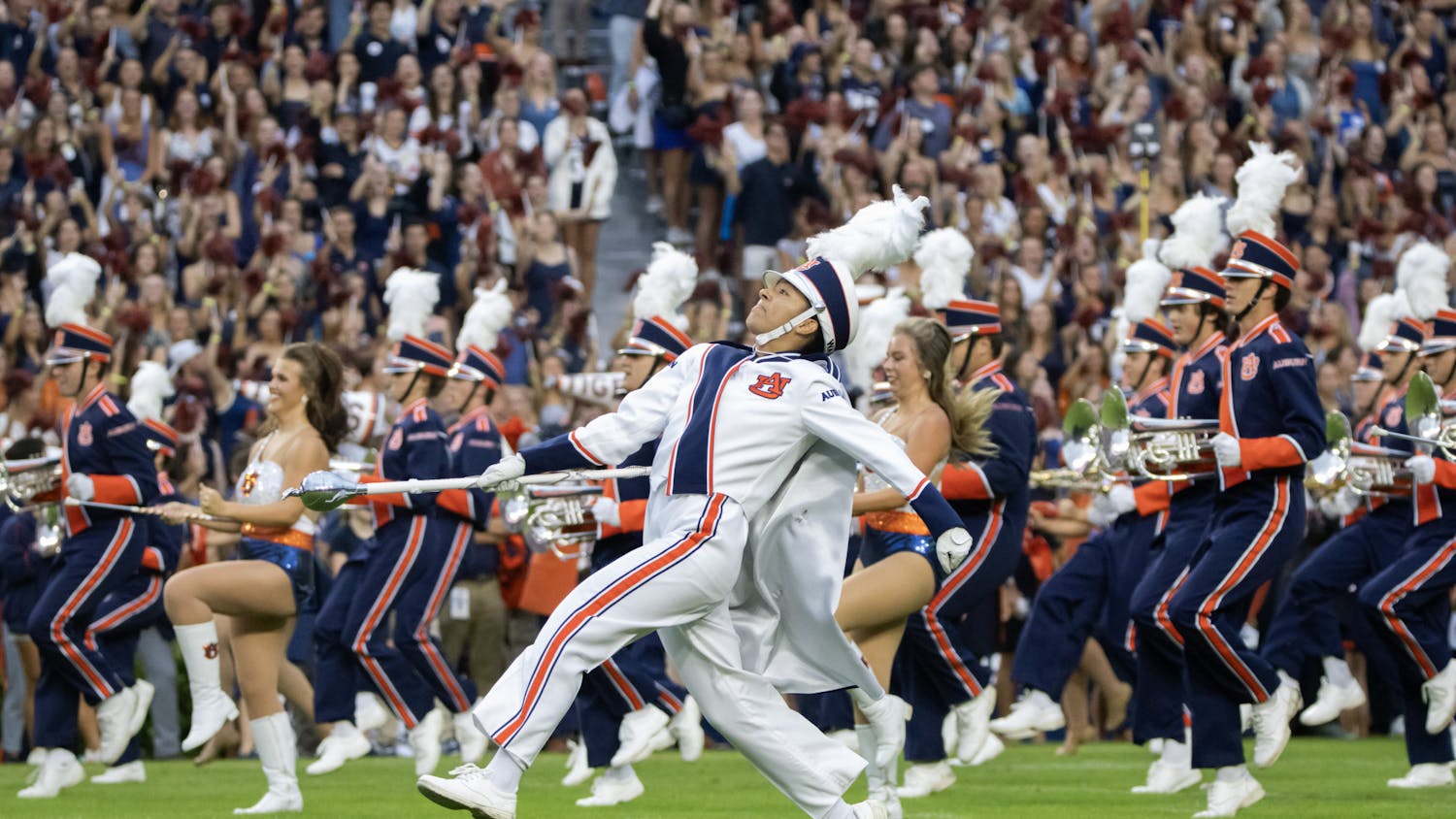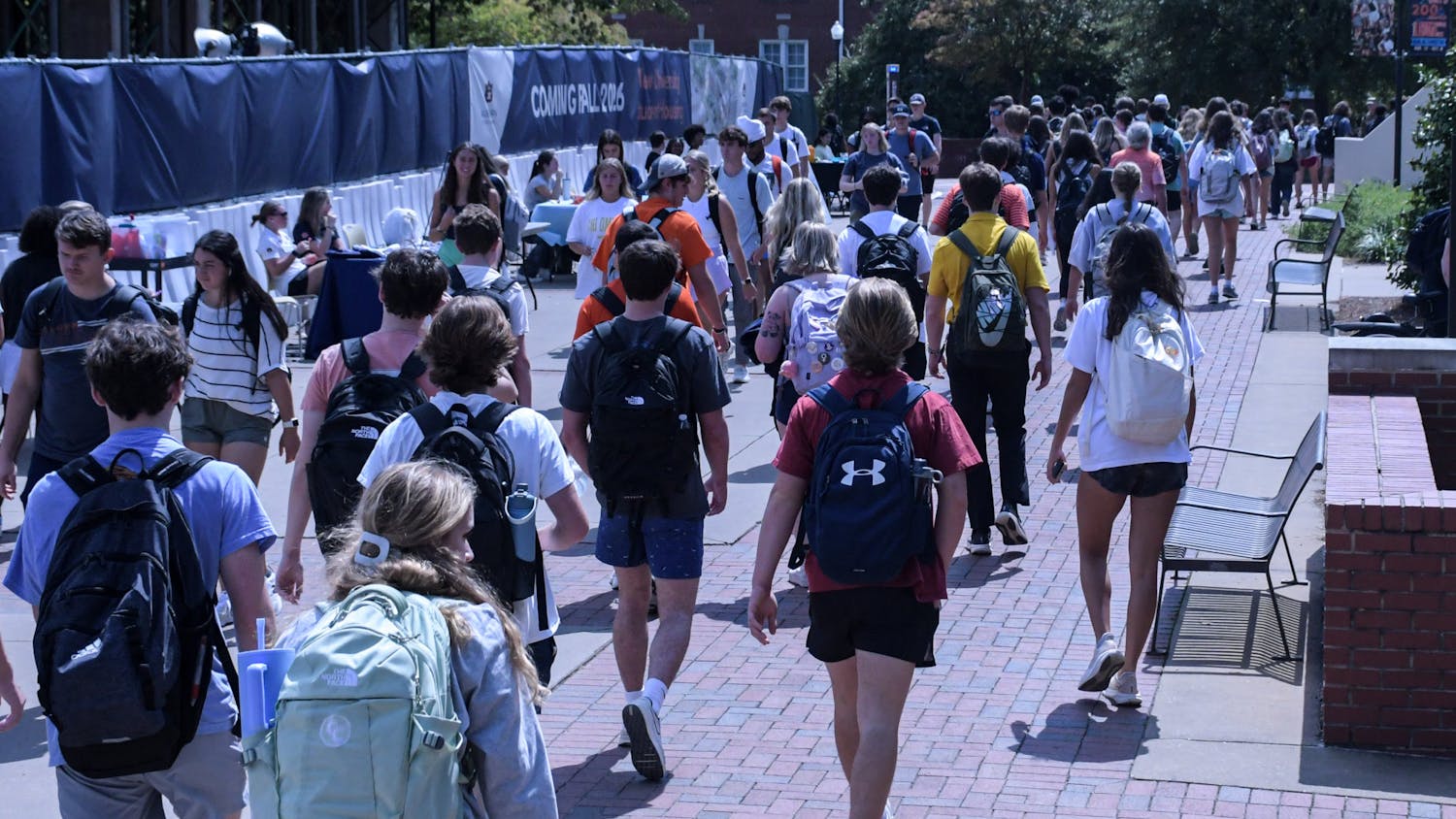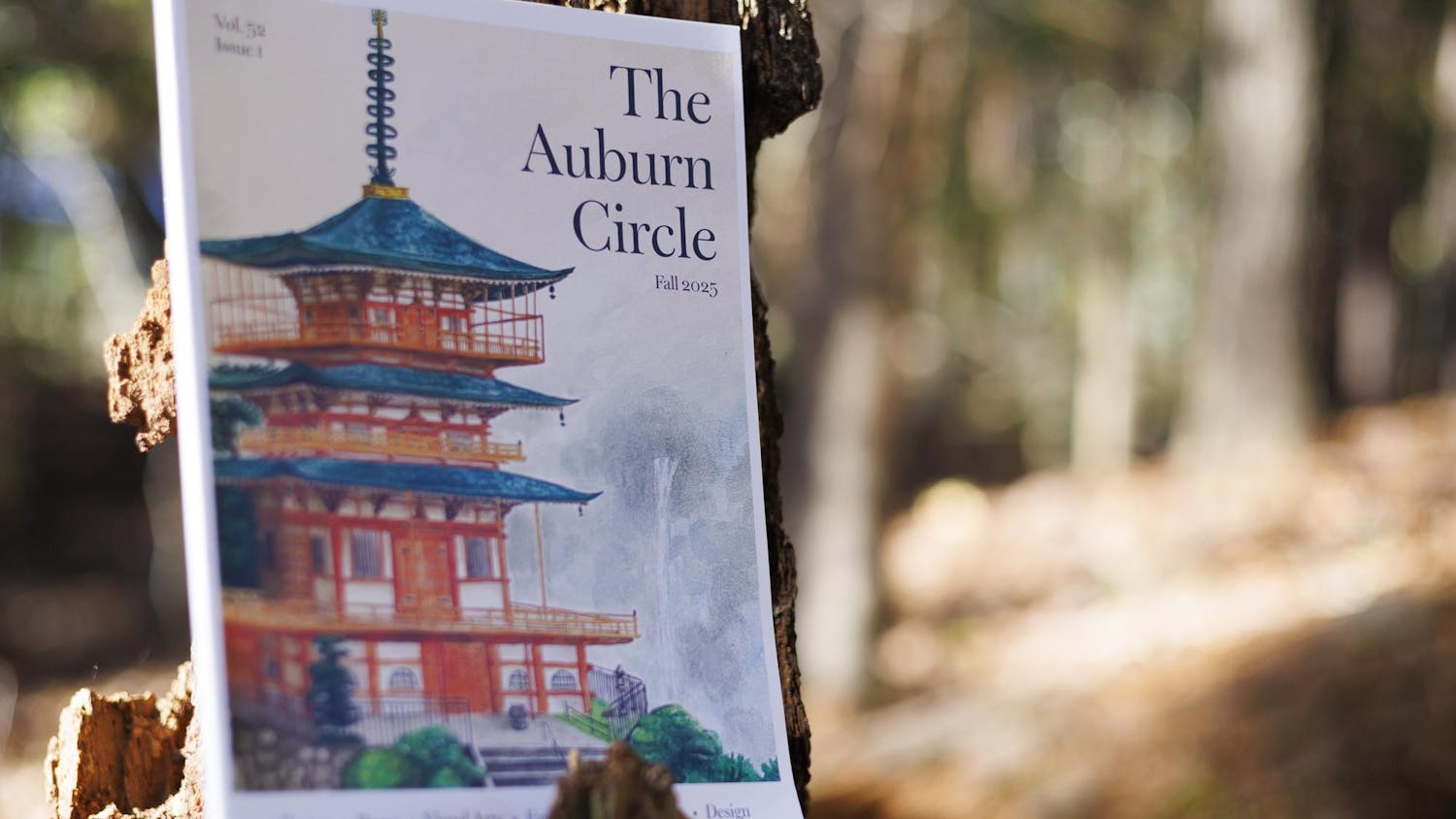Sidewalks are boring.
The everyday roadblocks of pedestrian traffic flow--railings, stairwells and walls--are objects that can easily be traversed by the members of Auburn Parkour.
"The art of movement and turning any everyday obstacle into just a normal stepping stone" is the definition of parkour given by Eric Ingram, president of AP and first-year graduate student in electrical engineering.
More specifically, parkour is a physical activity that utilizes acrobatic moves to get from one place to another as quickly and efficiently as possible.
Parkour is more than a hobby or a sport to the members of the club, who have three training sessions and one gym night every week.
"You all progress together," said Daniel Golden, freshman in undeclared science and math. "You see everyone on their best and worst days and just help people push and do better."
When it comes to parkour, members of the club see benefits beyond the physically demanding moves, wall climbs and stair jumps.
"The freedom to just get your body to move how you want it to," Golden said. "It's kind of hard to explain--just the whole atmosphere of it because everybody that's out here is just like a family."
Training sessions take place on campus--walking from building to building and trying different moves on different features, like the walls beside the library parking deck and the staircase outside the Student Center--but it doesn't stop there.
"We consider everything where you're moving to be practice for parkour," said T.J. Nguyen, junior in mechanical engineering. "So as long as you're out doing something, you're training."
Parkour is physically demanding, with wall climbing, running, jumping, flipping and spinning performed regularly.
"First and foremost, we work ourselves through conditioning because that's gonna be the real big thing," Ingram said. "All this high impact and generating this instantaneous energy puts a lot of strain on you."
Injuries are always looming in parkour, and every member of the club is well acquainted with minor injuries.
"Everybody's had their cuts and their gashes," Ingram said. "I've had more than my fair share, but it's nothing that a shower, some alcohol and Neosporin didn't have it taken care of."
Ingram said the worst injuries he's suffered are tendonitis and jumper's knee, and the only time he had to take someone to the emergency room was when an out-of-towner from Columbus, Ga., fractured an elbow.
"We actually emphasize safety a lot in this group," said Golden, who has suffered a sprained ankle and met his quota of scrapes and scratches.
Injury-prone activity or not, parkour brings more benefits to its practitioners than costs.
"If you do it and you really love it, it's just kind of it's own thing," Ingram said. "It's really a state of mind rather than this is something I'm going to go out and choose to do. You look at the world differently if you're really into it."
The club does not compete, per se, but they do participate in "jams."
Jams are group parkour sessions, and according to Ingram, members of parkour groups will give each other places to stay.
Ingram said these jams can include up to 80 people from all over the Southeast.
Do you like this story? The Plainsman doesn't accept money from tuition or student fees, and we don't charge a subscription fee. But you can donate to support The Plainsman.

